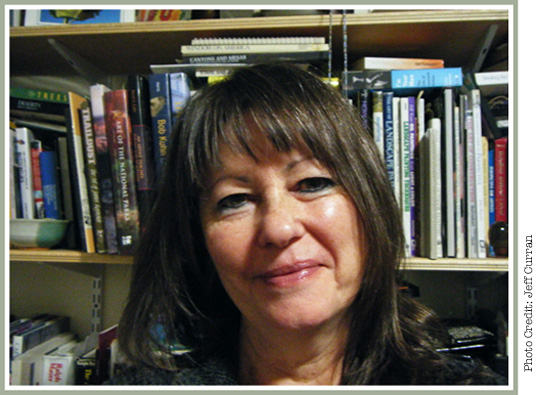 Artists have always seen the world at a different level because they have the ability to see, not just the literal truths of the world, but also the emotions and energy that vibrate under the surface of those literal truths. Monet’s particles of light; Van Gogh dissolving matter into energy; Rembrandt’s understanding that humans answer the same questions about our inner life, regardless of what century we’re born in; or Da Vinci’s ability to fill his notebooks and sketchbooks with drawings of his thoughts when words were not enough, (such as his studies of people’s expressions and their physical reactions in response to one another, or by drawing his studies of boiling water by following a grain of rice through the currents)—profound painters communicate their ideas through a visual language that goes beyond what is spoken or written, and travels through space and time. We build upon the work of those before us to better understand where we are now. That our perceptions are a construct is a given. That life exists beyond our changing constructs is also a given.
Artists have always seen the world at a different level because they have the ability to see, not just the literal truths of the world, but also the emotions and energy that vibrate under the surface of those literal truths. Monet’s particles of light; Van Gogh dissolving matter into energy; Rembrandt’s understanding that humans answer the same questions about our inner life, regardless of what century we’re born in; or Da Vinci’s ability to fill his notebooks and sketchbooks with drawings of his thoughts when words were not enough, (such as his studies of people’s expressions and their physical reactions in response to one another, or by drawing his studies of boiling water by following a grain of rice through the currents)—profound painters communicate their ideas through a visual language that goes beyond what is spoken or written, and travels through space and time. We build upon the work of those before us to better understand where we are now. That our perceptions are a construct is a given. That life exists beyond our changing constructs is also a given.
As a young woman, I found those images compelling, because I could relate to the sense that there was something more, something seen and yet not readily visible. At the time, it was almost oppressive because I didn’t have any way to articulate this sense, even though I felt the weight of it. Consequently, I committed myself to learning the technical skills that would allow me to unlock those ideas and articulate the visual truths that lurk beyond the visible spectrum. My journey as an artist led me through an academic education earning Bachelors in Sociology and Fine Art, a Masters in Drawing, and a Masters of Fine Art in Painting, but what I truly learned is that art requires a fine balance between talent, intuition, and technical skill. Any success that I’ve achieved with this body of work is due to professional artists Margo Selski and Kathryn Stats who invited me into their studios and shared both their love of the visual and their technical understanding of drawing and color and oil. The lessons I learned from them are innumerable, and without those lessons learned, these paintings could not have been created.
To be a painter is to contribute to a global conversation that exists primarily in color and form, but one that spans gender, nation, culture, geography, and time itself. More importantly, each viewer, in taking the time to deeply absorb and interpret these images contributes their own emotional energy to that conversation. I hope that these images speak to you and fire those aspects of your own imagination that are aware of the depth and richness of being.